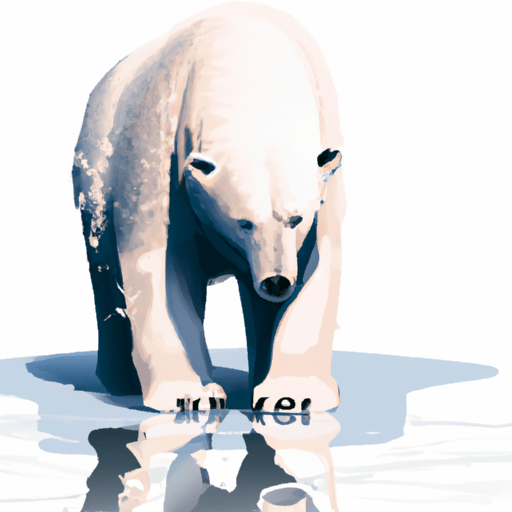The Devastating Effects of Climate Change on Wildlife Populations
Climate change is one of the world’s most pressing environmental issues, and it is having devastating effects on wildlife populations around the world. As temperatures continue to rise, habitats are being altered, food sources are becoming scarce, and animals are struggling to adapt. In this article, we discuss the various causes of climate change and their effects on wildlife, provide examples of species that are struggling to adapt to climate change, and discuss potential solutions to mitigate the impact.
Causes of Climate Change
Climate change is primarily caused by humans releasing carbon dioxide and other greenhouse gases into the atmosphere. These gases trap heat, leading to the planet's rising temperatures. Other causes of climate change include deforestation, which reduces the number of trees that can absorb carbon dioxide, and the burning of fossil fuels, which releases additional carbon dioxide into the atmosphere.
Effects of Climate Change on Wildlife
Climate change has had a devastating effect on wildlife populations around the world. As temperatures rise, habitats are being altered, food sources are becoming scarce, and animals are struggling to adapt. For example, rising temperatures are causing sea levels to rise, which is forcing animals living in coastal areas to relocate. Additionally, changing temperatures are causing some species to migrate to cooler areas, while others are unable to move and are facing extinction.
Examples of Species Struggling to Adapt
There are numerous examples of species struggling to adapt to climate change. Polar bears, for example, are struggling to survive as their habitats are rapidly melting due to rising temperatures. In the ocean, coral reefs are dying off due to warmer waters, leading to a decrease in the number of fish species that rely on them for shelter and food. Warmer temperatures are also leading to an increase in the number of invasive species, which are out-competing native species for resources.
Potential Long-Term Effects
The long-term effects of climate change on wildlife populations could be catastrophic. If temperatures continue to rise, habitats could be destroyed, food sources will be scarce, and many species could go extinct. Additionally, these changes could lead to an imbalance in the food chain, which could lead to an increase in disease and other health problems.
Potential Solutions
Fortunately, there are potential solutions that individuals and governments can implement to mitigate the impact of climate change on wildlife populations. For example, individuals can reduce their carbon footprint by driving less, using energy-efficient appliances, and recycling. Governments can also implement regulations to reduce the amount of carbon dioxide being released into the atmosphere, such as carbon taxes or cap-and-trade systems. Additionally, governments can create protected areas to preserve habitats and encourage reforestation.
Climate change is having devastating effects on wildlife populations around the world. As temperatures continue to rise, habitats are being altered, food sources are becoming scarce, and animals are struggling to adapt. It is up to individuals and governments to implement solutions to mitigate the impact of climate change on wildlife populations. By reducing carbon emissions and creating protected areas, we can help ensure the future of wildlife around the world.



















Comments
Leave a Comment